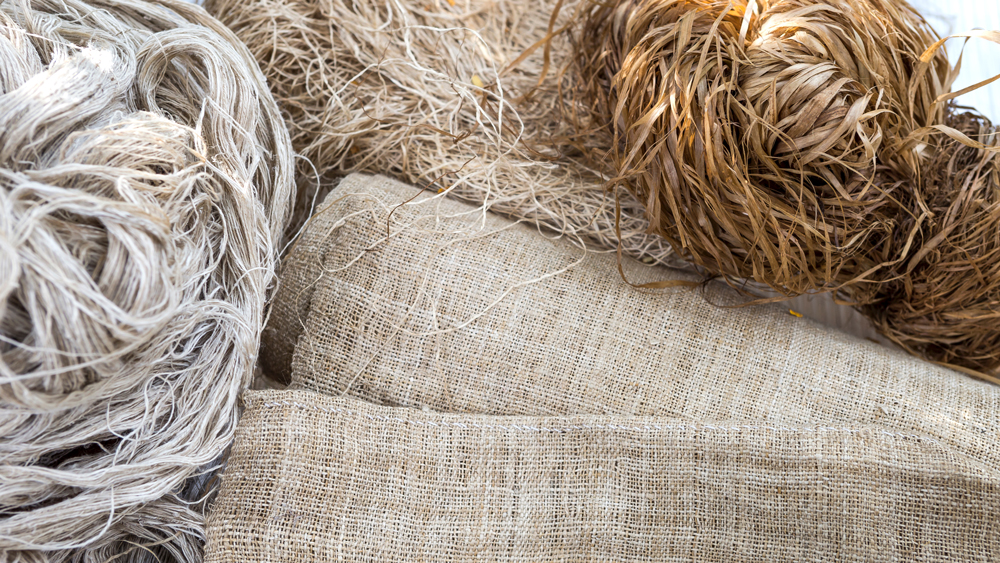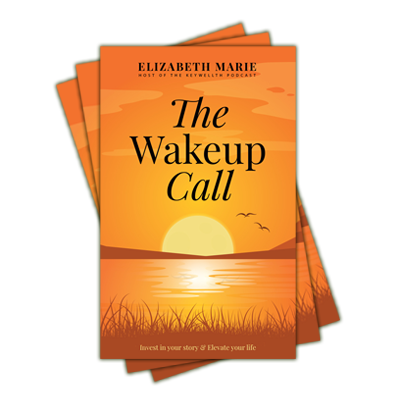At the core of my wellness philosophy is the belief that true wellness is inseparable from environmental stewardship. I am committed to exploring brands that prioritize both personal health and planetary well-being, understanding that consumers shouldn’t have to become experts in every ingredient they encounter.
Many people simply don’t have the time or resources to thoroughly vet every product, and this can have long-term negative consequences on health. Time is precious, and just as we passively accept terms of service without reading the fine print, we must not adopt the same approach when it comes to our health. It matters far more.
At KeyWellth we are dedicated to becoming a trusted source for all things health.
Factor #1: Materials and Ingredients
When sourcing products, I prioritize high-quality, sustainable materials and ingredients. What makes clothing healthy differs greatly from what I look for in shampoo, and it’s essential to consider how these choices affect both personal health and the planet.
Material Quality
Organic Content: Organic materials are grown without chemical pesticides or fertilizers, promoting land health and reducing harmful runoff. Certain organic practices ensure that farm workers are exposed to fewer hazardous conditions, promoting both social responsibility and environmental stewardship.
Bamboo: Bamboo is one of the fastest-growing plants on Earth, requiring no irrigation, pesticides, or fertilizers. Its adaptability and rapid growth make it a fantastic alternative to hardwoods, producing more oxygen per acre while using minimal water.
Wool: Wool is a natural and renewable resource, which is biodegradable and requires little to no dye during processing. Though wool production can have a higher environmental impact depending on farming practices, untreated wool is naturally absorbent and less harmful to the environment.
Hemp: Hemp is a quick-growing, low-maintenance crop that requires minimal pesticide use, making it a reliable renewable resource. Its high vibrational frequency promotes cellular health, making it an ideal choice for personal and planetary wellness.
Sustainably Harvested Wood: Sourced from managed forests, sustainably harvested wood helps prevent overharvesting, supporting the wellbeing of ecosystems, animals, and workers.
Linen: Organic linen, made from the flax plant, grows with minimal water and without chemical fertilizers or pesticides. It’s durable, biodegradable, and nourishes cellular health, all while reducing waste during production.
Cork: Cork, a renewable resource harvested from cork trees, is biodegradable and requires minimal processing, supporting both health and environmental sustainability.
*Even though I have outlined the material list above, it’s still important to read the details of the material and the companies manufacturing practices. The devil is in the details currently.
Avoid Toxins, Choose Natural Ingredients
My rule of thumb is if I wouldn’t eat it, I wouldn’t apply it to my skin. Our skin absorbs EVERYTHING we wear and apply, so choosing natural ingredients over synthetic chemicals is a win for health.
Chemicals To Watch Out For:
Parabens: Synthetic preservatives linked to hormonal disruption and reproductive issues. Avoid methylparaben, propylparaben, butylparaben, and ethylparaben.
Phthalates: Found in products like toys, electronics, and personal care items, phthalates are endocrine disruptors that can affect reproduction and hormonal balance.
Sulfates: Often found in shampoos and cleaning products, sulfates like Sodium Lauryl Sulfate (SLS) and Sodium Laureth Sulfate (SLES) can irritate skin and eyes and damage hair, while also negatively impacting the environment.
Factor #2: Company Responsibility
The brands I choose to support must fully be in line with my values, not only in the materials they use but also in their business practices. I look for companies that prioritize ethical production, fair wages, and safe working conditions for their employees.
I also care about certifications that show a brand’s commitment to doing the right thing.
Some of the key certifications I look for include:
- Fair Trade Certified: Ensures fair wages and good working conditions for workers.
- B Corp: A brand that meets high social and environmental standards.
- Climate Neutral: Shows that a brand is actively reducing its carbon footprint.
- Cruelty-Free: Guarantees no animal testing. 🐰
But it’s not just about the ethics; it’s also about the safety of the products. I prefer items that have certifications like:
- USDA Organic: No harmful pesticides or synthetic chemicals.
- GOTS (Global Organic Textile Standard): Ethical standards for textiles.
- OEKO-TEX® Standard 100: Ensures products are free from harmful substances.
- ECOCERT: Focuses on organic farming and ecological practices.
These certifications not only show a commitment to the environment but also help reduce exposure to toxins, which is important for our health and well-being. Every time I choose a product with these certifications, I know I’m supporting brands that care about people AND the planet.
Factor #3: Packaging
The impact of packaging on both our health and the environment cannot be underestimated. I focus on products that utilize natural fibers and bio-based formulas free from synthetic chemicals, minimizing the toxic burden on our cells.
For example, natural fibers like organic linen or hemp promote skin health by allowing the skin to breathe, while BPA-free or non-toxic packaging protects against endocrine disruptors that affect metabolism and hormonal balance. Non-toxic packaging helps safeguard mitochondrial function and metabolic health.
Reducing plastic packaging and opting for naturally biodegradable materials in the supply chain is crucial. Products that prioritize safe, chemical-free packaging not only protect the environment but also actively support our cellular and metabolic health.
For the love of everyone—and their dog and cat too—let’s do more to reduce overpackaging and individual packaging! Every step counts in creating a more sustainable world. Choosing products with minimal packaging is an easy way to make a big difference. By supporting brands that are committed to a healthier planet and healthier bodies, we help reduce waste, preserve natural resources, and protect our wellbeing. It’s a win-win.
Factor #4: Actively Investing in Tomorrow
True wellness is a holistic endeavor. I deeply value brands that not only prioritize personal health but also contribute meaningfully to their communities and the environment, fostering social equity and sustainability. Every product we purchase is a vote for a healthier future. In fact, 71% of consumers are more likely to purchase from a brand that supports environmental and social causes. By supporting companies that are in line with these values, we collectively take a step toward a better world.
But trust is the cornerstone of it all. In today’s wellness landscape, it’s more important than ever to have a trusted source for health-conscious products. According to a 2019 Nielsen report, 66% of consumers are willing to pay more for products that are sustainable or eco-friendly, which makes choosing the right brands a crucial decision. We need brands that we can rely on to stay true to their commitments—brands that are transparent about their practices and genuinely care about the long-term health of their customers and the planet.
By sourcing based on these four factors—quality materials and ingredients, company responsibility, safe packaging, and proactive environmental and community investment—we simplify the decision-making process. In fact, 69% of consumers say they would stop purchasing from a company if they learned it was damaging to the environment or engaged in unethical practices.
By making informed choices and supporting these brands, we not only invest in our own wellness but also help shape a future where health, integrity, and sustainability thrive together.
I am currently in the process of vetting a partnership for Keywellth apparel.












